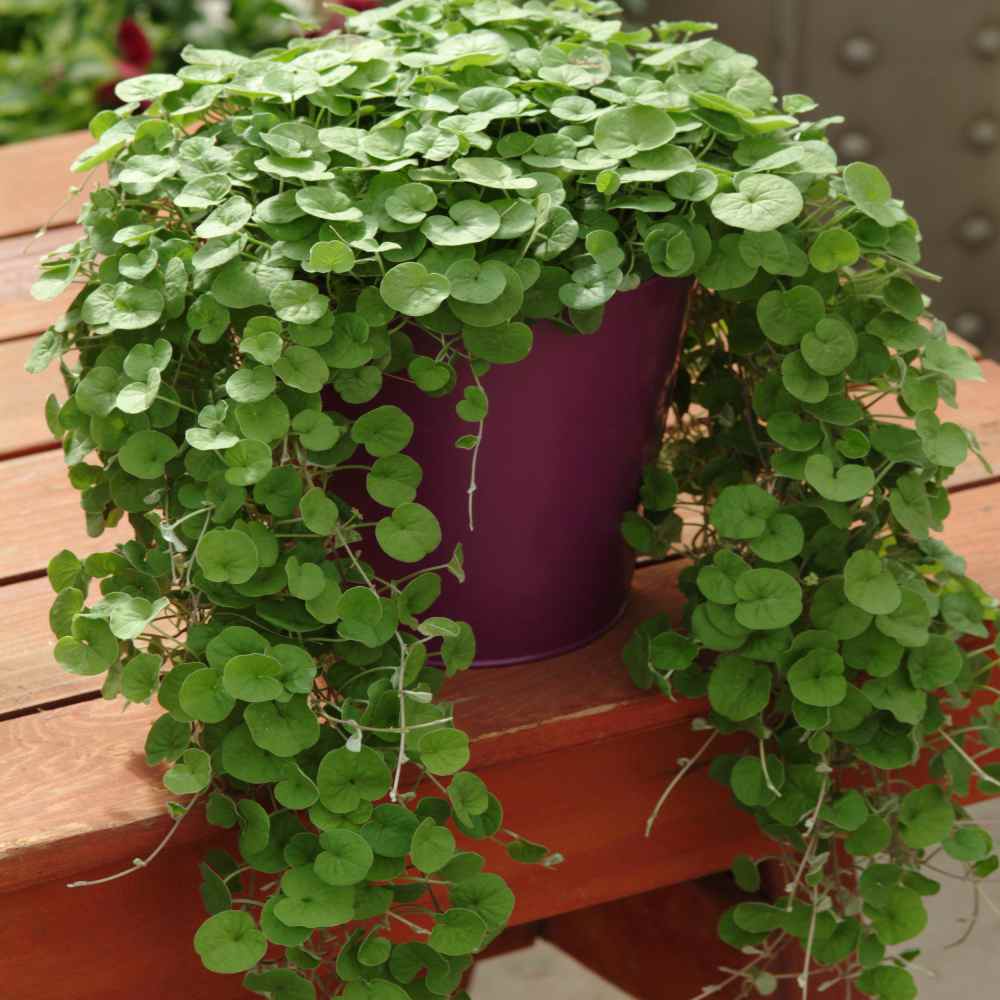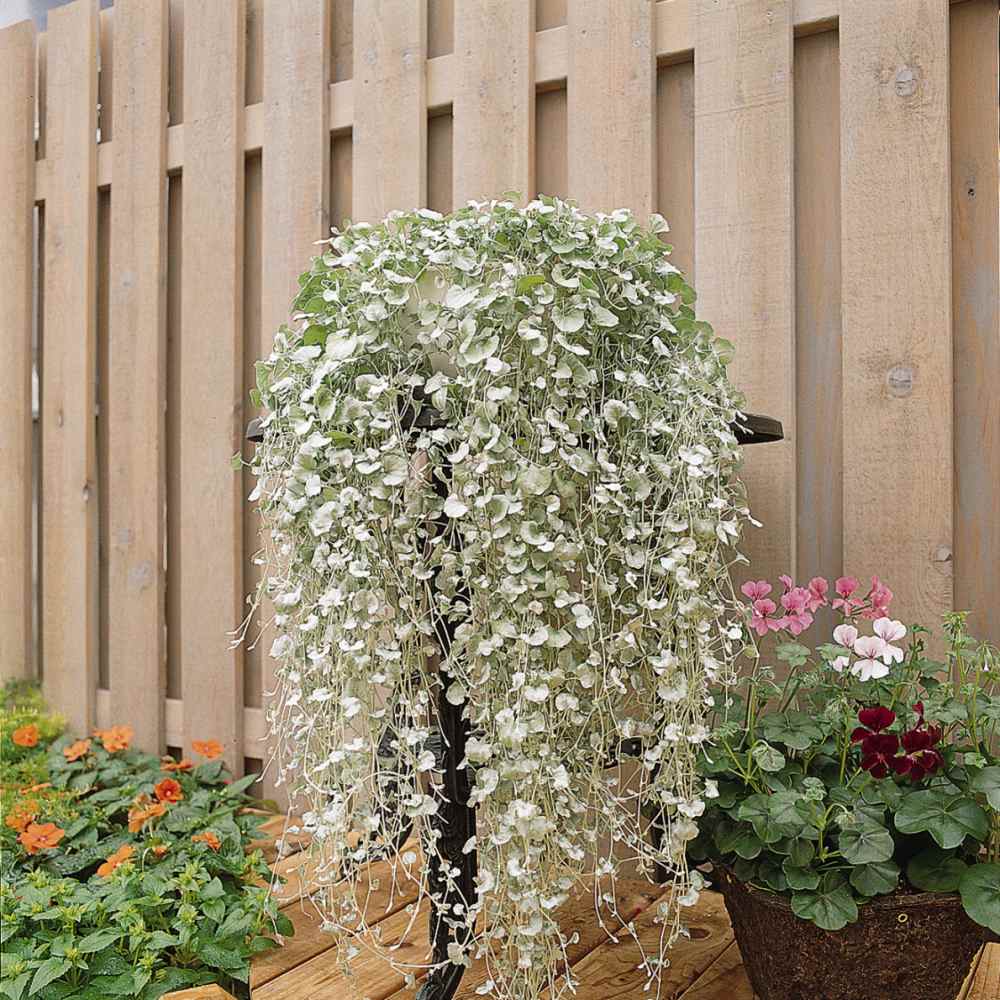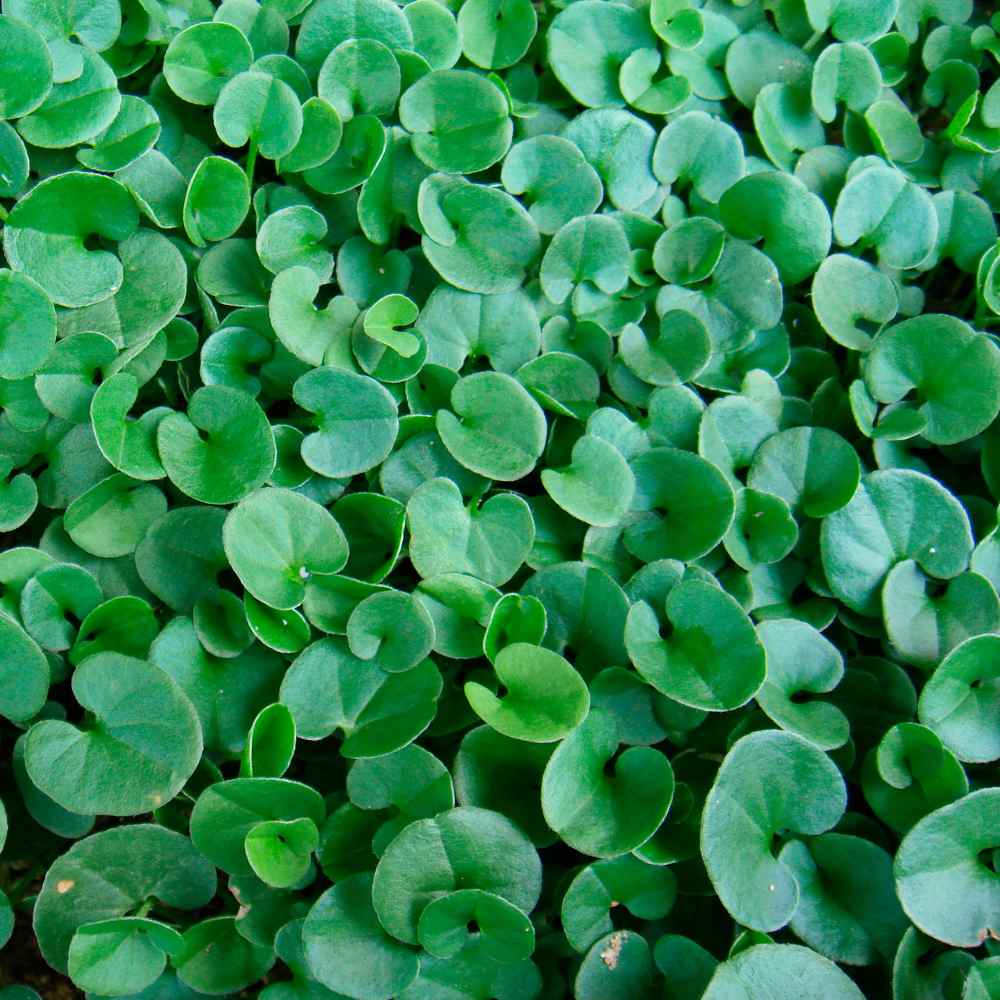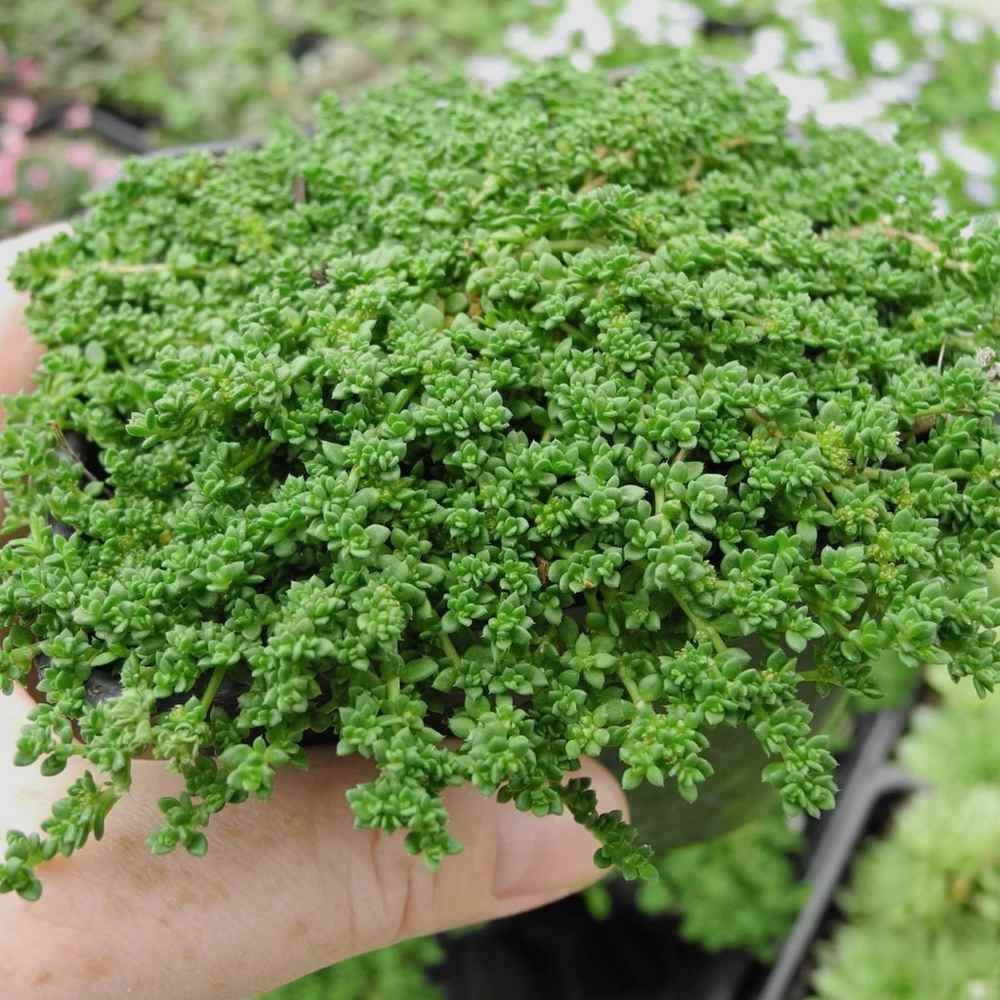
Dichondra Planting and Care Guide
Quick Facts About Dichondra
Dichondra is an herbaceous perennial that spreads widely and serves well as a ground cover. It produces abundant, rich foliage, and is often used as a lawn alternative that doesn't require mowing.
Planting Time
Dichondra seeds should be started indoors 12 weeks before the last expected frost, or directly outdoors in late spring when temperatures are at least 50F degrees at night.

Planting Location
Dichondra should be grown in an area of full sun in average soil that drains well.
How to Grow Dichondra
- If starting indoors, sow seeds into trays or small pots filled with a seed starter mix.
- If sowing directly outdoors, first prepare a seedbed by removing weeds and breaking up soil.
- Surface sow 3-4 seeds per plant, then press into soil without covering: light is needed for germination.
- If sowing as a lawn alternative, prepare the planting area, then broadcast bulk seed using the method of your choice. Do not cover the seeds, but they can be pressed into the soil if desired.
- Keep seeds moist until germination. Under proper conditions, germination should occur in 1-2 weeks.
- Once indoor seedlings have a few sets of true leaves, thin to the strongest seedling and transplant outdoors spaced 6 inches apart if growing as ground cover. Thin outdoor seedlings to same spacing.
- Before transplanting seedlings into the garden, it's essential to "harden them off". This involves acclimating young plants to outdoor conditions by placing them in a sheltered outdoor area for about a week. Initially, shield them from strong winds and direct sunlight. If there's a risk of frost overnight, either cover the plants or bring them indoors, then return them outside in the morning. This hardening off method helps strengthen the plant's cell structure, minimizing transplant shock and sun damage.

Care And Maintenance
- Keep weeds under control during the growing season. Weeds compete with plants for water, space and nutrients, so control them by either cultivating often or use a mulch to prevent their seeds from germinating.
- Mulches play a vital role in preserving soil moisture and ensuring consistent soil temperatures. When it comes to annuals, using organic mulch made from shredded leaves not only enhances the appearance of the bed but also enriches the soil as it decomposes over time. Remember to keep mulch away from the plant stems to avoid potential rot issues.
- Dichondra is a quick spreader, and should be contained with garden edging, pots, etc. in order to prevent unwanted expansion.
- Dichondra is drought-tolerant once established, and should only be watered once the soil has dried out. Dichondra doesn't perform well in excessive moisture.
- Dichondra is adaptable and doesn't usually require fertilizer, but an application of a balanced slow-release fertilizer can be performed at the beginning of the growing season.
- Mowing dichondra is unnecessary, but can be done lightly if a uniform height is desired.




































